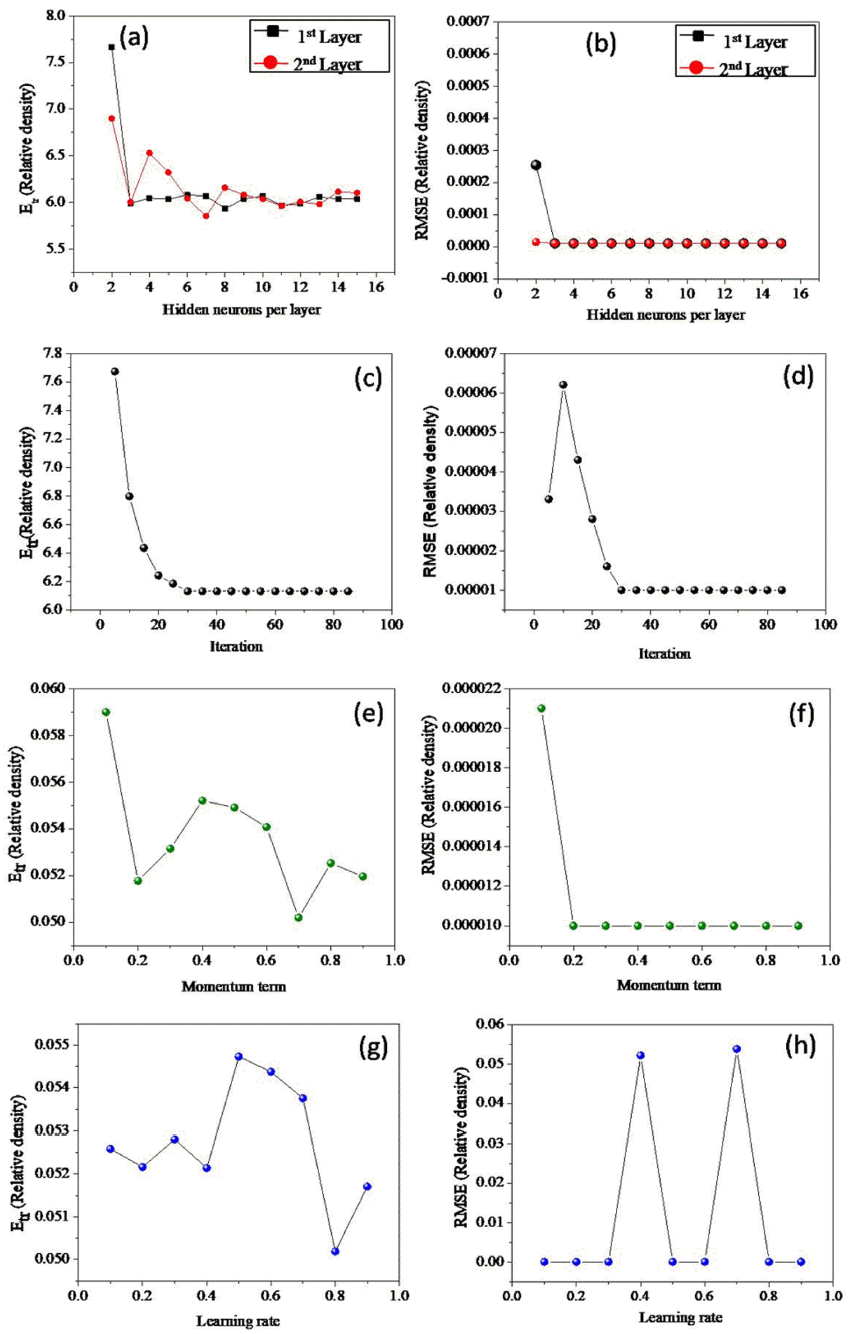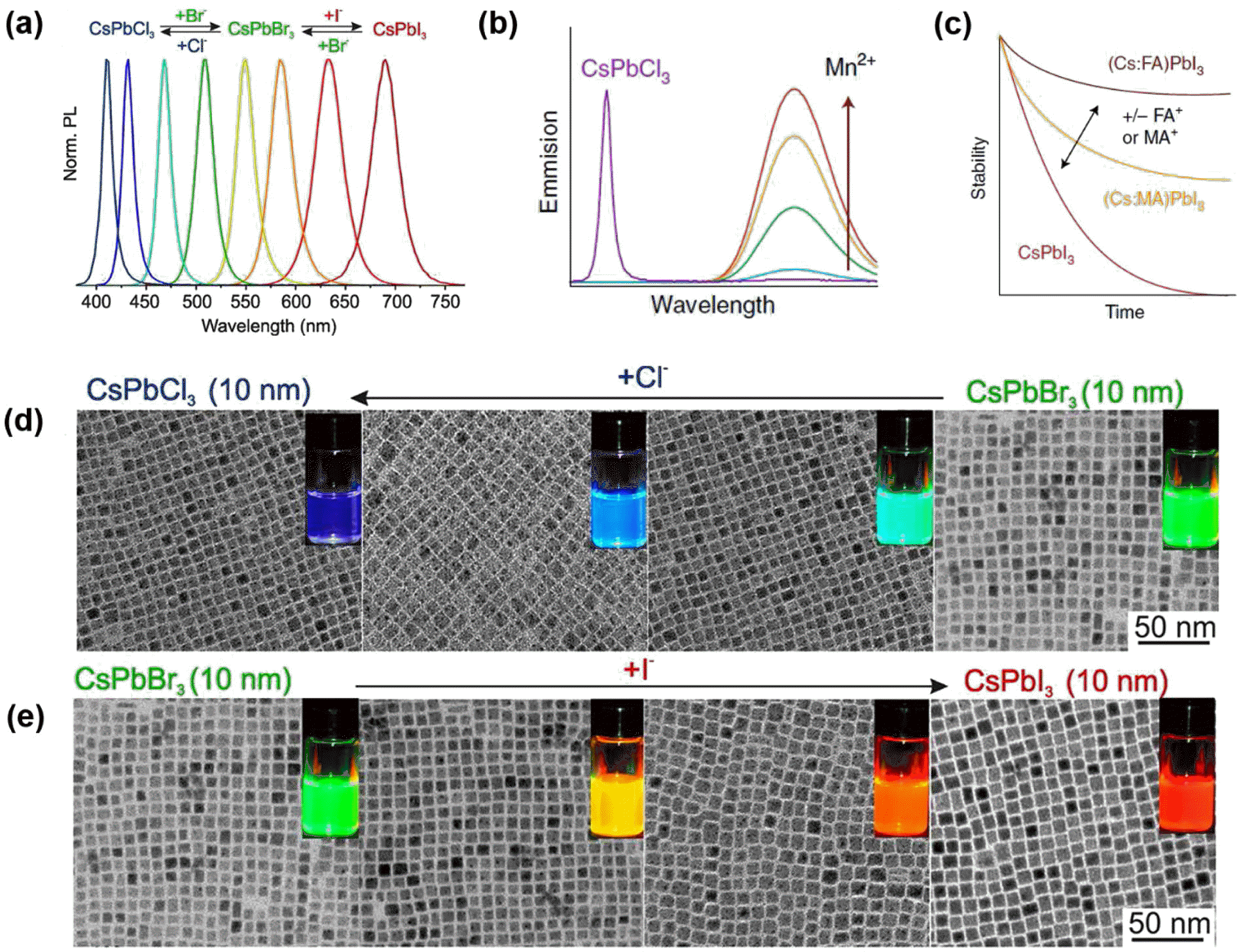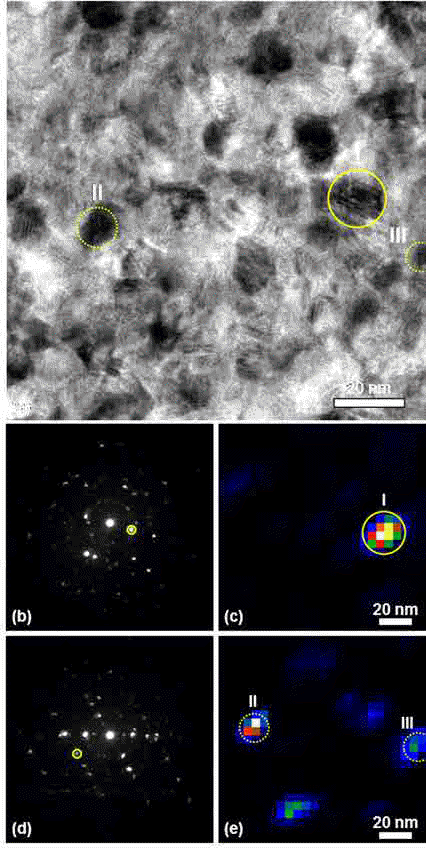Search
- Page Path
- HOME > Search
- [English]
- Correlation of Sintering Parameters with Density and Hardness of Nano-sized Titanium Nitride reinforced Titanium Alloys using Neural Networks
- A. K. Maurya, P. L Narayana, Hong In Kim, N. S. Reddy
- J Korean Powder Metall Inst. 2020;27(5):365-372. Published online October 1, 2020
- DOI: https://doi.org/10.4150/KPMI.2020.27.5.365

- 1,144 View
- 6 Download
- 1 Citations
-
 Abstract
Abstract
 PDF
PDF Predicting the quality of materials after they are subjected to plasma sintering is a challenging task because of the non-linear relationships between the process variables and mechanical properties. Furthermore, the variables governing the sintering process affect the microstructure and the mechanical properties of the final product. Therefore, an artificial neural network modeling was carried out to correlate the parameters of the spark plasma sintering process with the densification and hardness values of Ti-6Al-4V alloys dispersed with nano-sized TiN particles. The relative density (%), effective density (g/cm3), and hardness (HV) were estimated as functions of sintering temperature (°C), time (min), and composition (change in % TiN). A total of 20 datasets were collected from the open literature to develop the model. The high-level accuracy in model predictions (>80%) discloses the complex relationships among the sintering process variables, product quality, and mechanical performance. Further, the effect of sintering temperature, time, and TiN percentage on the density and hardness values were quantitatively estimated with the help of the developed model.
-
Citations
Citations to this article as recorded by- Application of Machine Learning Algorithms and SHAP for Prediction and Feature Analysis of Tempered Martensite Hardness in Low-Alloy Steels
Junhyub Jeon, Namhyuk Seo, Seung Bae Son, Seok-Jae Lee, Minsu Jung
Metals.2021; 11(8): 1159. CrossRef
- Application of Machine Learning Algorithms and SHAP for Prediction and Feature Analysis of Tempered Martensite Hardness in Low-Alloy Steels
- [Korean]
- Technology Trend of Luminescent Nanomaterials
- Hyewon Jeong, Jae Sung Son
- J Korean Powder Metall Inst. 2018;25(2):170-177. Published online April 1, 2018
- DOI: https://doi.org/10.4150/KPMI.2018.25.2.170

- 844 View
- 2 Download
- 1 Citations
-
 Abstract
Abstract
 PDF
PDF Colloidally synthesized luminescent nanocrystals (NCs) have attracted tremendous attention due to their unique nanoscale optical and electronic properties. The emission properties of these NCs can be precisely tuned by controlling their size, shape, and composition as well as by introducing appropriate dopant impurities. Nowadays, these NCs are actively utilized for various applications such as optoelectronic devices including light emitting diodes (LEDs), lasers, and solar cells, and bio-medical applications such as imaging agents and bio-sensors. In this review, we classify luminescent nanomaterials into quantum dots (QDs), upconversion nanoparticles (UCNPs), and perovskite NCs and present their intrinsic emission mechanism. Furthermore, the recently emerging issues of efficiency, toxicity, and durability in these materials are discussed for better understanding of industry demands. As well, the future outlook will be offered for researchers to guide the direction of future research.
-
Citations
Citations to this article as recorded by- A Structural Relationship between University Dance Students’ Emotional Regulation, Emotion Response, and Engagement in Classes
Jinhee Gong
The Journal of Korean Institute of Information Technology.2020; 18(4): 121. CrossRef
- A Structural Relationship between University Dance Students’ Emotional Regulation, Emotion Response, and Engagement in Classes
- [English]
- Development of Dark Field image Processing Technique for the Investigation of Nanostructures
- Jongchul Jeon, Kyou-Hyun Kim
- J Korean Powder Metall Inst. 2017;24(4):285-291. Published online August 1, 2017
- DOI: https://doi.org/10.4150/KPMI.2017.24.4.285

- 826 View
- 2 Download
-
 Abstract
Abstract
 PDF
PDF We propose a custom analysis technique for the dark field (DF) image based on transmission electron microscopy (TEM). The custom analysis technique is developed based on the DigitalMicrograph® (DM) script language embedded in the Gatan digital microscopy software, which is used as the operational software for most TEM instruments. The developed software automatically scans an electron beam across a TEM sample and records a series of electron diffraction patterns. The recorded electron diffraction patterns provide DF and ADF images based on digital image processing. An experimental electron diffraction pattern is recorded from a IrMn polycrystal consisting of fine nanograins in order to test the proposed software. We demonstrate that the developed image processing technique well resolves nanograins of ~ 5 nm in diameter.
TOP
 KPMI
KPMI


 First
First Prev
Prev


